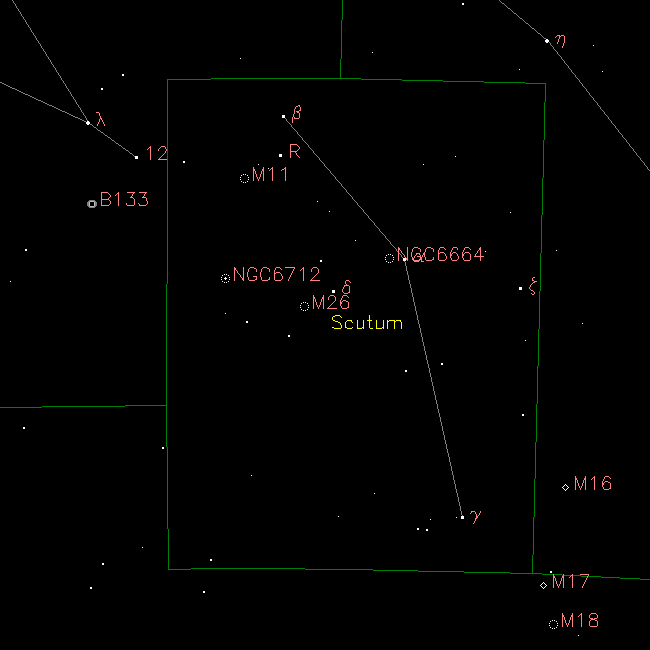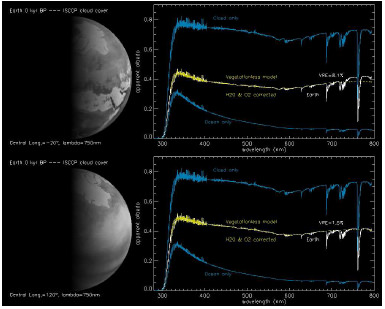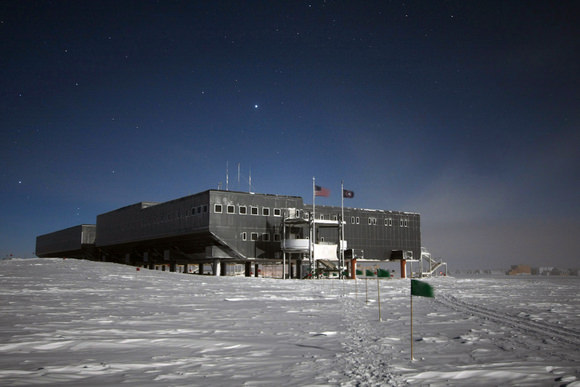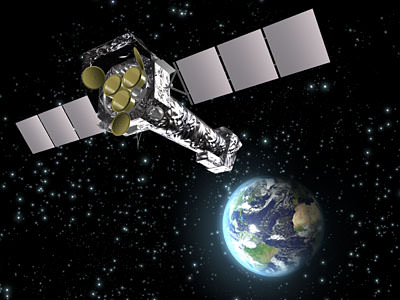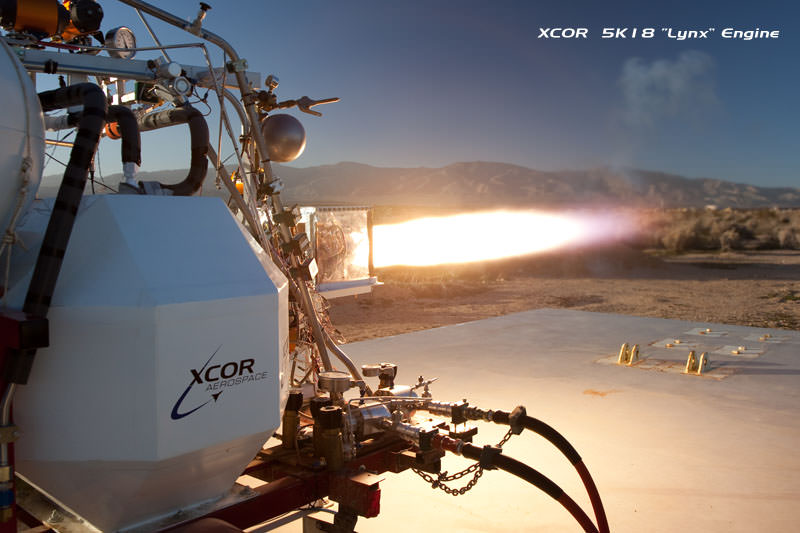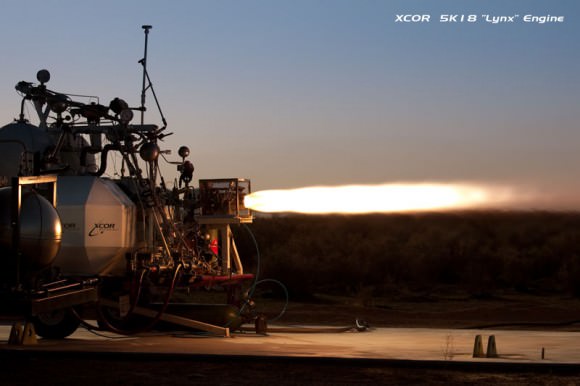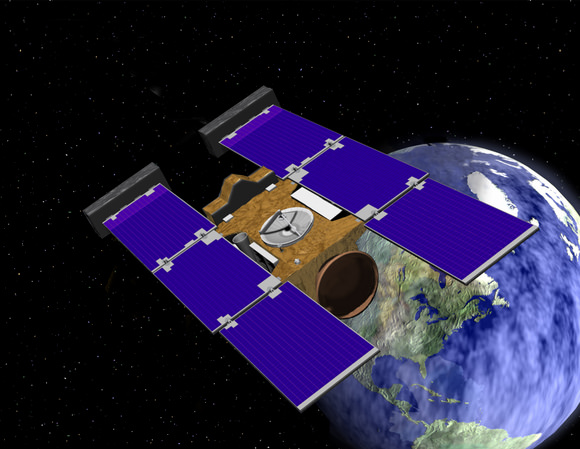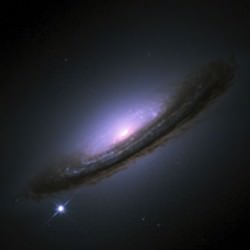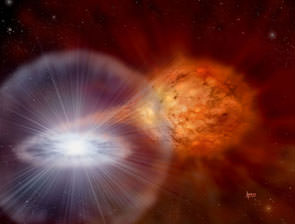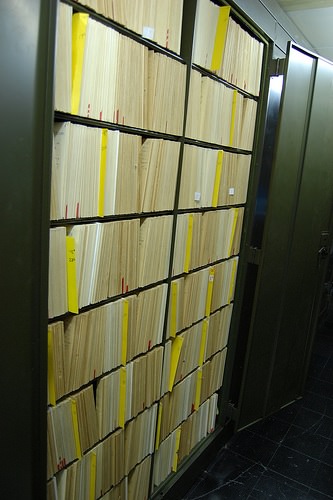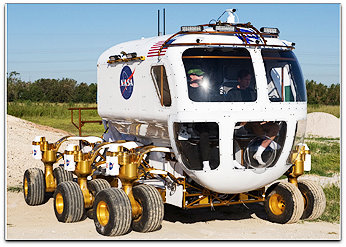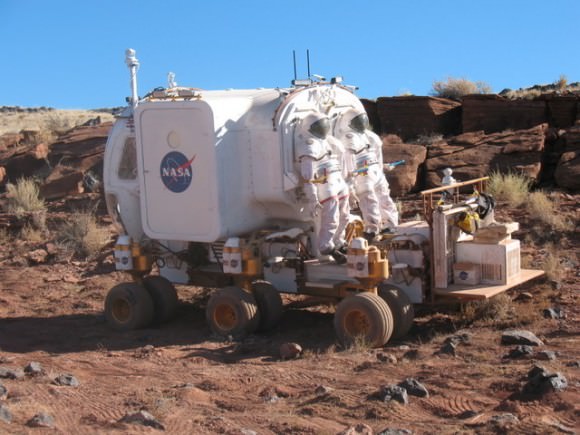[/caption]
The small constellation of Scutum was originally created by Johannes Hevelius in 1683 and was later adopted as a permanent constellation by the IAU. It resides just north of the ecliptic plane or about 10 degrees south of the celestial equator and spans 109 square degrees of sky, ranking 84th in constellation size. There are 2 main stars in Scutum’s asterism and it contains 7 Bayer Flamsteed designated stars within its confines. It is bordered by the Aquila constellation, Sagittarius and Serpens Cauda. Scutum is visible to all observers located at latitudes between +80° and ?90° and is best seen at culmination during the month of August.
There is one annual meteor shower associated with the constellation of Scutum – the June Scutiids. Beginning on or about June 2 and ending about July 29th, we pass into the meteoroid stream which brings on the activity. The peak date for this meteor shower is on or about June 27 and the maximum fall rate is 2-4 meteors per hour.
The constellation of Scutum wasn’t named for a mythological figure – but rather for an object to honor a classical one. In, 1683, Johannes Hevelius, who originally named it Scutum Sobiescianum (the shield of Sobieski), did to commemorate the victory of the Polish forces led by King John III Sobieski in the Battle of Vienna, and thus the name refers to Sobieski’s Janina Coat of Arms. Rather fitting, since this particular king helped Hevelius rebuild his observatory after it was destroyed by fire! It’s Latin name means “shield” and the name was later shortened to Scutum when it was adopted as a permanent constellation by the International Astronomical Union.
Let’s begin our binocular tour of Scutum with its brightest star – Alpha – the “a” symbol on our map. Alpha Scuti is an orange class K giant star located about 175 light years from Earth. While it is not uncommon for this type of star to be over 130 times brighter than our Sun and more than 20 times larger – what’s unusual is the way it has evolved. According to its mass, Alpha should be about 2 billion years old and beginning to fuse helium to carbon… However, it has been discovered that Alpha is slightly variable – meaning it could be shedding its outer layer and on the way to becoming a white dwarf star!
Now, have a look at Delta – the “8” symbol on our chart. Here’s a peculiar star if there ever was one… A star so strange that it’s the prototype of its class. Delta is a giant star – but it is also a variable star. Located 187 light years from our solar system, this metal-rich oddity shines 33 times brighter than our Sun, but it’s only about twice as big. Deep inside, it has stopped fusing hydrogen and it is on its way to becoming a red giant star. But, it’s pulsing like a heartbeat… Changing its magnitude by about 20% every 5 to 65 hours. Added to this are periods of 2.79 hours, 2.28 hours, 2.89 hours, and 20.11 hours. All of this adds up to a very complex rhythm which makes Delta unique! Now, take a look in a telescope, too… Because Delta isn’t alone – it is also a binary star. Look for a 12th magnitude companion 15.2 seconds of arc away from the primary and a 9th component 52.2 seconds away.
For binoculars and small telescopes, head off to Messier 11 (RA 18 : 51.1 Dec -06 : 16)! This incredible galactic star cluster was discovered in 1681 by German astronomer Gottfried Kirch at the Berlin Observatory, M11 was later cataloged by Charles Messier in 1764 and first dubbed the “Wild Duck” by Admiral Smyth. To our modern telescopes and binoculars, there is little doubt as to how this rich galactic cluster earned its name – for it has a distinctive wedge-shaped pattern that closely resembles a flight of ducks. This fantastic open cluster of several thousand stars (about 500 of them are magnitude 14 or brighter) is approximately 250 million years old. M11 is easily located by identifying Altair, the brightest star in Aquila. By counting two stars down the “body” of Aquila and stopping on Lambda, you will find your starhop guide. Near Lambda you will see three stars, the centermost is Eta Scuti. Now just aim! Even small binoculars will have no problem finding M11, but a telescope is required to start resolving individual stars. The larger the telescope’s aperture the more stars will be revealed in this most concentrated of all open clusters!
Keep binoculars and rich field telescopes handy as you shift over to Alpha Scutum and check east-northeast for neighboring 7.8 magnitude open cluster NGC 6664 (RA 18 : 36.7 Dec -08 : 13) . Compare the view to Scutum’s other Messier open cluster – similar sized M26 (RA 18 : 45.2 Dec -09 : 24). As one of the faintest Messier clusters, it’s surprising his scope was able to reveal it at all! To locate Messier 26 shift a little less than 3 degrees south-southeast of Alpha. Those with larger scopes should look for a strange void in the middle of the cluster.
Now, let’s go with a large telescope and have a look at globular cluster NGC 6712 (RA 18 : 53.1 Dec -08 : 42). At magnitude 8, it can be captured with smaller aperture, but requires some muscle to resolve! NGC 6712 was probably discovered by Le Gentil on July 9, 1749 when investigating the Milky Way star cloud in Aquila, but we know it was independently discovered by William Herschel on June 16, 1784. As for its nature? That took John Herschel, who was the first to described it as a “globular star cluster” during his observations in the 1830s!
Last, but not least, let’s do something that you don’t even need a telescope for – R Scuti. This terrific red variable star ranges from 4th to 8th magnitude in 142 days. Chances are, R is probably a red supergiant star, surrounded by a shell of material thousands of times bigger than the interior star itself. One day, it will drop its envelope – turning into a planetary nebula and the star into a white dwarf… But until then? We can simply enjoy this beautiful mystery star!
Sources:
Wikipedia
SEDS
Chandra Observatory
Chart Courtesy of Your Sky.

